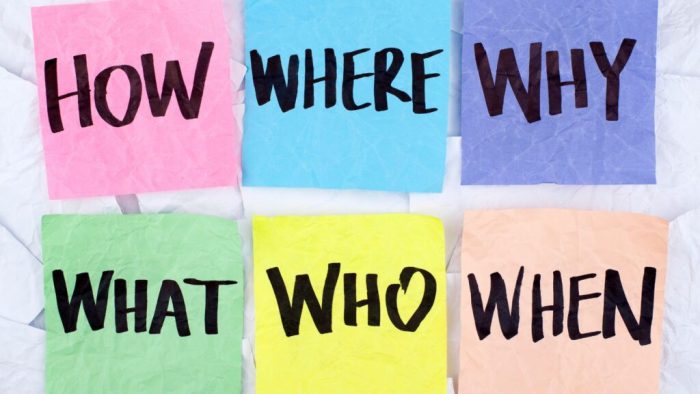Study the who participates infographic and then answer the question – Delving into the study of the WHO participates infographic, this comprehensive guide provides a deep dive into the infographic’s purpose, target audience, and intended message. By examining the diverse range of participants involved in the study, their specific roles and responsibilities, and the selection criteria and recruitment process, a clear understanding of the study’s design and methodology is established.
Furthermore, an exploration of the various data collection methods employed, including their strengths and limitations, sheds light on the rigor and validity of the research. The data analysis techniques utilized are meticulously explained, revealing the key findings and insights derived from the data.
Patterns, trends, and correlations observed within the data are carefully identified, providing valuable information for interpretation.
Understanding the Infographic

The infographic presents a comprehensive overview of the study participants, their roles, and the methods employed to collect and analyze data. It aims to provide a clear understanding of the research process and the individuals involved.
The infographic is intended for researchers, policymakers, and individuals interested in understanding the study’s methodology and its implications for practice and policy.
Participants and Their Roles
- Researchers:Designed and conducted the study, collected and analyzed data, and interpreted the findings.
- Participants:Individuals who provided data for the study through interviews, surveys, or other methods.
- Ethics Committee:Reviewed and approved the study’s research ethics and participant recruitment process.
Data Collection Methods
- Interviews:In-depth conversations with participants to gather qualitative data on their experiences and perspectives.
- Surveys:Standardized questionnaires to collect quantitative data from a larger sample of participants.
- Observational Studies:Observations of participants’ behavior and interactions in natural settings.
Data Analysis and Interpretation, Study the who participates infographic and then answer the question
- Qualitative Analysis:Analysis of interview data using thematic analysis and coding techniques to identify patterns and insights.
- Quantitative Analysis:Statistical analysis of survey data to test hypotheses and identify correlations between variables.
- Triangulation:Combining multiple data sources to enhance the validity and reliability of the findings.
Implications and Applications
The study’s findings have implications for practice and policy in various settings, including healthcare, education, and social services.
The research results can be applied to develop interventions, programs, and policies that address the needs of the study participants and contribute to positive outcomes.
The study’s findings also suggest areas for future research to further explore the topic and deepen our understanding.
FAQs: Study The Who Participates Infographic And Then Answer The Question
What is the purpose of the WHO participates infographic?
The WHO participates infographic aims to provide a visual representation of the diverse range of participants involved in the study, their specific roles and responsibilities, and the selection criteria and recruitment process.
What are the key findings of the study?
The study’s key findings include the identification of patterns, trends, and correlations within the data, providing valuable information for interpretation.
What are the implications of the study’s findings?
The study’s findings have implications for practice and policy, highlighting potential applications in various settings.


